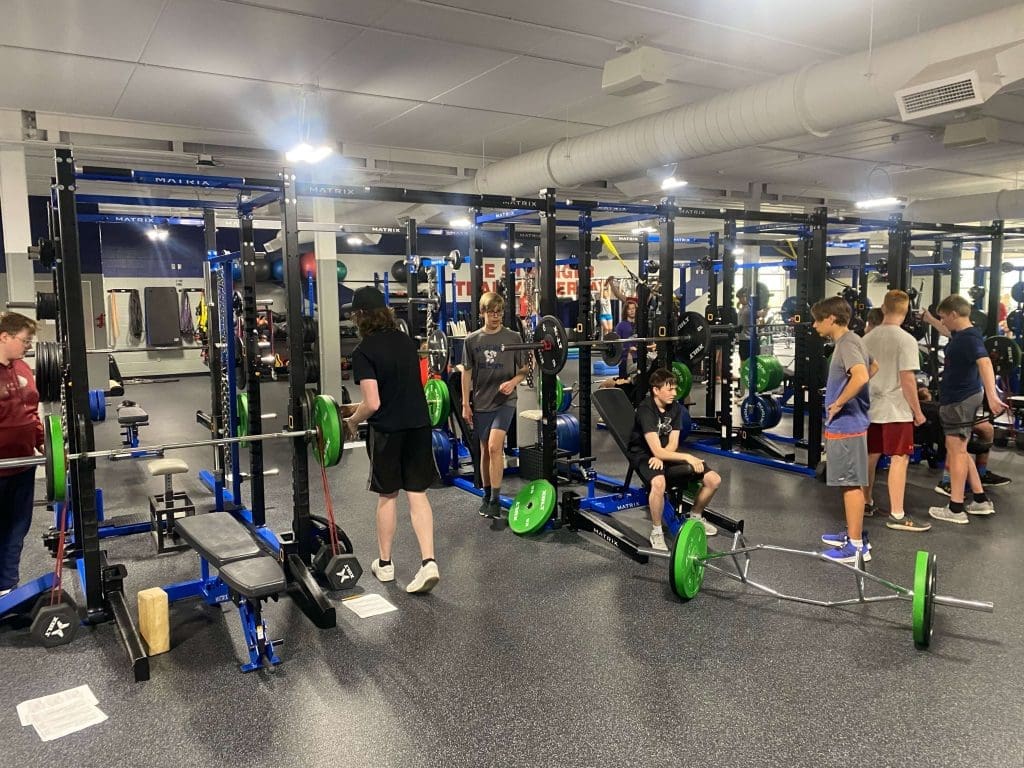4 Keys To Student Engagement at Reedsburg High School
1) Listen To Your Students
A key component of student engagement is giving students a voice in the learning process. When students first started coming back to school post covid, Annie noticed a shift and listened,
“All of a sudden, we had a growing number of students who wanted to be in shape and workout more. They felt the effects of being stuck at home, sitting around, and wanting to do something different.”
While Reedsburg PE had always offered different electives like female weight training, individual fitness, and athletic conditioning, now they made it a point to expose every student to the weight room,
“We wanted everyone to at least get a taste for what the weight room was all about. So now, every class spends at least a few sessions in the weight room throughout the semester. And of course, some spend the entire semester in there.”
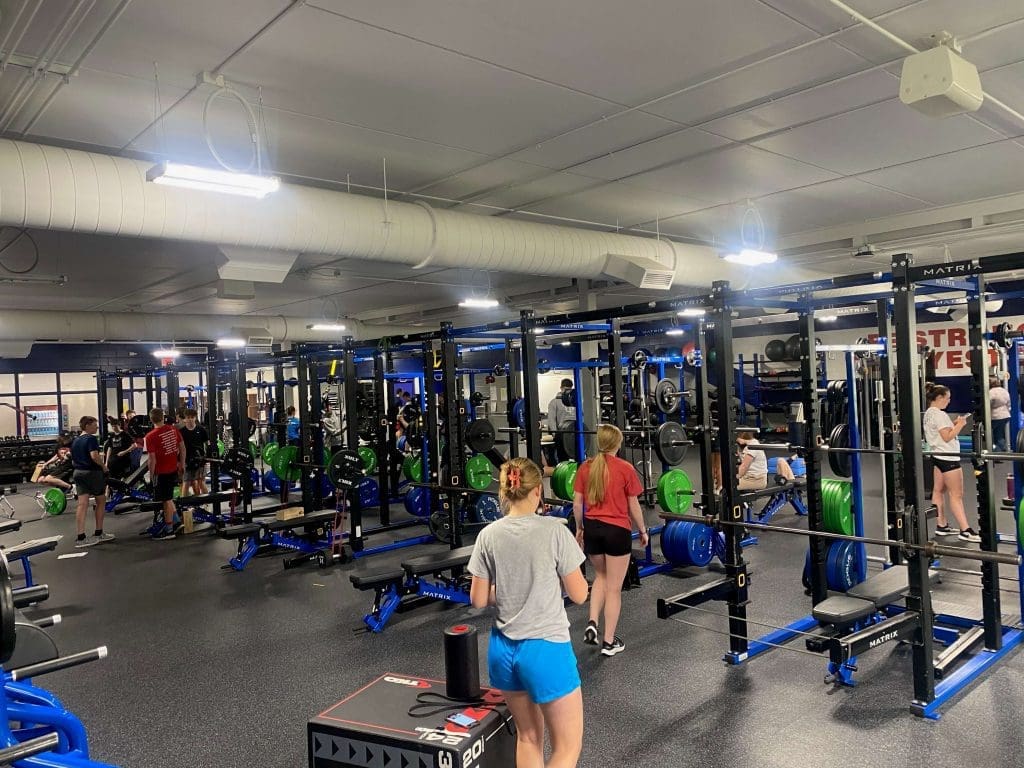
2) Support Students’ Goals and Interests
Beyond just getting students into the weight room more, Reedsburg High School has taken student engagement a step further by offering different training programs and options. While many of the classes center around the weight room, Annie says that within a class, students are doing a variety of programs and workouts,
“We wanted to give students options but not make things overly complicated. So we created different groups and categories to help students decide what workout program and plan was right for them.”
Because of this choice model, students feel empowered to take on workouts and training programs that fit their goals and interests. In addition, students can access personalized workouts tailored to their strengths and progress in the weight room. Doing so gives students a new sense of ownership, increasing student engagement success.
3) Give Students Ownership
Today’s students want to know the why behind what they are doing. But understanding the why can be challenging when the teacher controls all the information. Annie says that this used to be the case at Reedsburg,
“Before incorporating technology in PE, the teacher held all the information. As a result, students had no idea what their data or progress looked like because they couldn’t easily access it.”
But now, Reedsburg High School uses PLT4M so that every single student can have ownership in the learning process. Annie says that this has been one of the most significant driving factors for increased student engagement,
“With PLT4M, students can look back and see everything that has ever been tracked or measured. Because of this, students are more engaged and involved when they come to class. It moves PE from just being a class they show up for to a part of the day they are most excited about.”
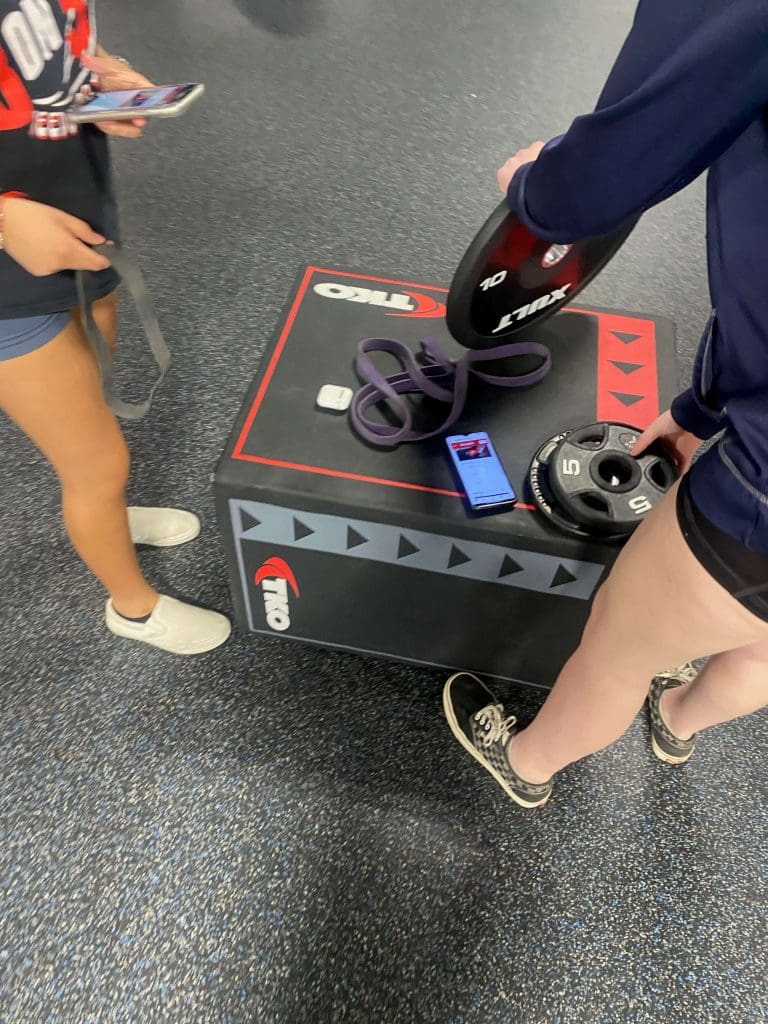
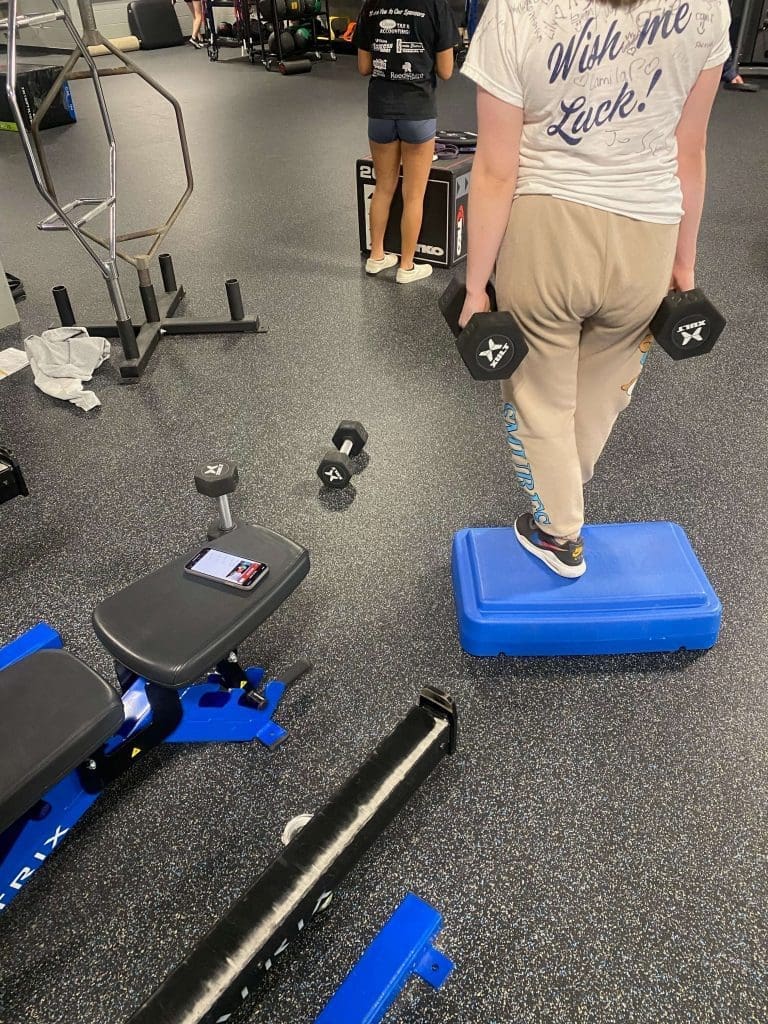
4) Make It Matter – Prioritize PE
Schools often hope for student engagement in PE but don’t back it up with action. But if we aren’t willing to prioritize PE with resources, energy, and investment, we shouldn’t expect students to either.
Reedsburg High School has prioritized PE. The teachers are working tirelessly to provide students with high-quality instruction and resources. Annie describes a typical day as a PE teacher,
“Every day, I give it my all in the classroom. But life is also easier as a teacher when you have the right resources to support students.”
And Reedsburg High School and the community have backed up the PE department with resources like PLT4M and a brand-new weight room. In 2020, the school invested in a new state-of-the-art facility that showed students they were serious about fitness. Now, three years later, the school is proud to say that using the weight room has become the norm, not the anomaly,
“We have over 900 students at the school. And at some point or another, they will be in that weight room. The best part is that many of the students love it so much that beyond class, they are using it before and after school, and even over the summer.”
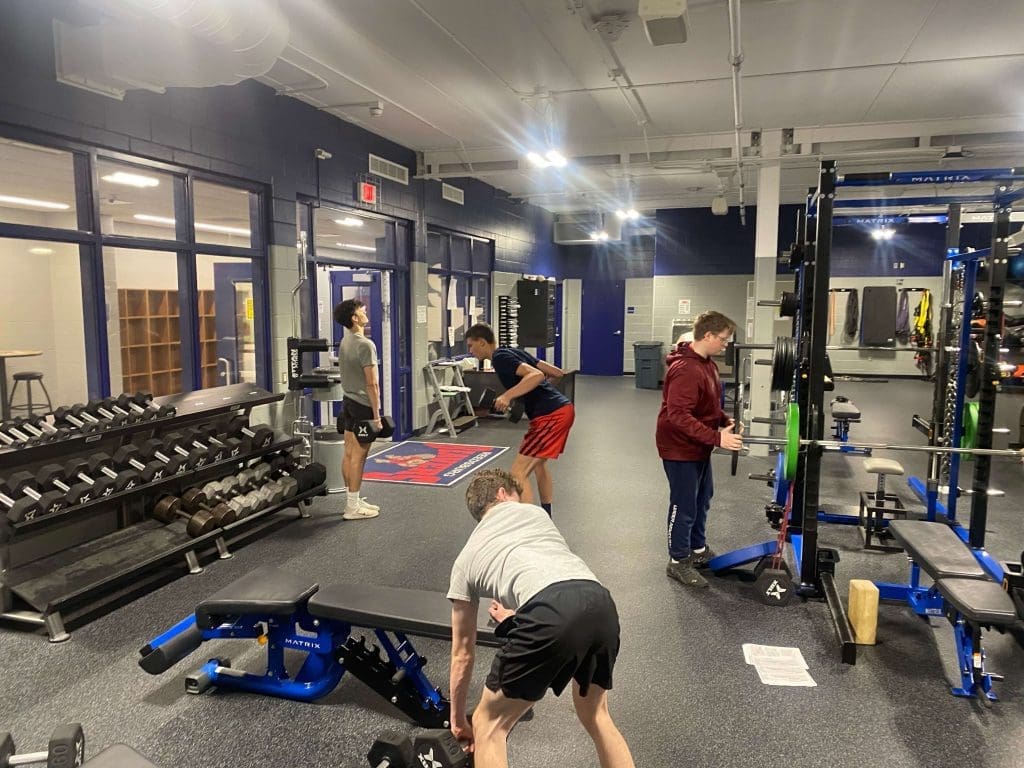
Key Takeaways on Student Engagement at Reedsburg High School
Student engagement is more than just a flashy buzzword at Reedsburg High School. At a high level, more students are signing up and taking physical education electives than ever before. More impactful, though, is the real results students see through the various fitness and weightlifting-focused curriculum. Annie says this is where student engagement really shines through,
“We have everyone benefiting from our amazing weight room and program. For example, 9th graders up to 12th graders, general population students, student-athletes, and students with disabilities benefit from fitness because of our approach.”
And while the focus is on the students at the high school, Annie explains that a true sign of student engagement success comes after graduation,
“Our main goal in physical education is to help students to find a fitness option they can pursue after high school. And the best part is, we know that we have done that because many of our students are still logging in and working out via PLT4M in college or at home after their high school days are over.”
Reedsburg High School has invested in a fitness-focused curriculum that has students excited and interested in physical education. As more schools look to promote the benefits of fitness on physical, mental, and social-emotional well-being, they should consider the power of student engagement when designing a physical education program. The strength of a physical education program lies within its students, teachers, and resources. Great job, Reedsburg High School!
